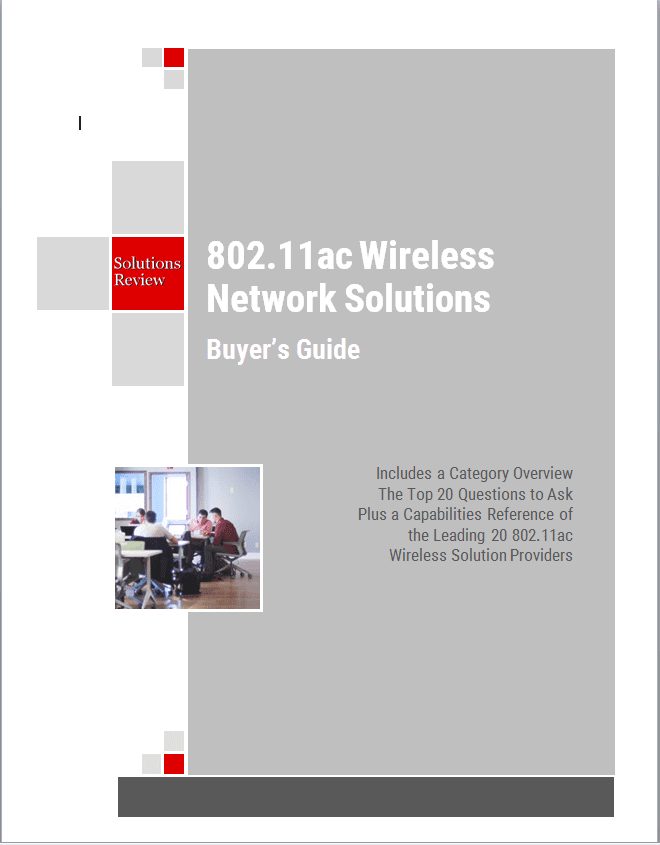Top Tips for Implementing Your New Wireless Network


A new wireless network, much like a new puppy, requires a lot of care and attention. Being able to easily swap wireless networks in and out may seem like a nice idea, but as of the time of this article being written, it isn’t so simple. We’ve compiled a list of some of these tops tips for implementing your new wireless network.
Active Management
You can’t expect your wireless network to keep in top shape all by itself. Changes in environment and network traffic will ultimately cause the network to fall apart over time. Because wireless networks are so good at persevering in the face of added interference or missing access points, you’re not likely to notice the slow wear and tear on network performance. By actively monitoring your network devices and usage, you can more easily pinpoint problems before they start to affect performance.
Put Careful Consideration into Your Guest Access Policy
Accommodating guest access to your wireless network is generally considered to be a basic requirement for any enterprise wireless installation. While there will always be people who opt for using 4G technology at your office, you should consider which network privileges are absolutely necessary. More often than not, guest users won’t need to access anything within the enterprise network.
Put Security at the Forefront of Your Network
It’s understandable that wireless networks tend to attract a lot of suspicion from security teams. All it takes is a case of stolen credentials and you’re network can find itself in some serious trouble. You should consider involving your organization’s security team in the implementation process as early as possible.
Integration
Take some time to figure out how your new wireless network will integrate with your wired infrastructure. Everything from your network topology to device placement has an effect on wireless LAN security. Additionally, remember to use wireless technology only when needed (mobility, guest access…).
Take a Managed Wireless Approach
It used to be that each piece of wireless gear was managed individually and manually. These things are a lot easier these days. and today we’re afforded the luxury of managing a network as one single entity. When looking into wireless management, the network team should be careful to distinguish between solutions that offer full management and those that only provide a handful of features. While smaller solutions may work for some smaller offices, any environment with more than eight access points will need the solution.
For more on network monitoring, be sure to check out our free solutions buyer’s guide.




















